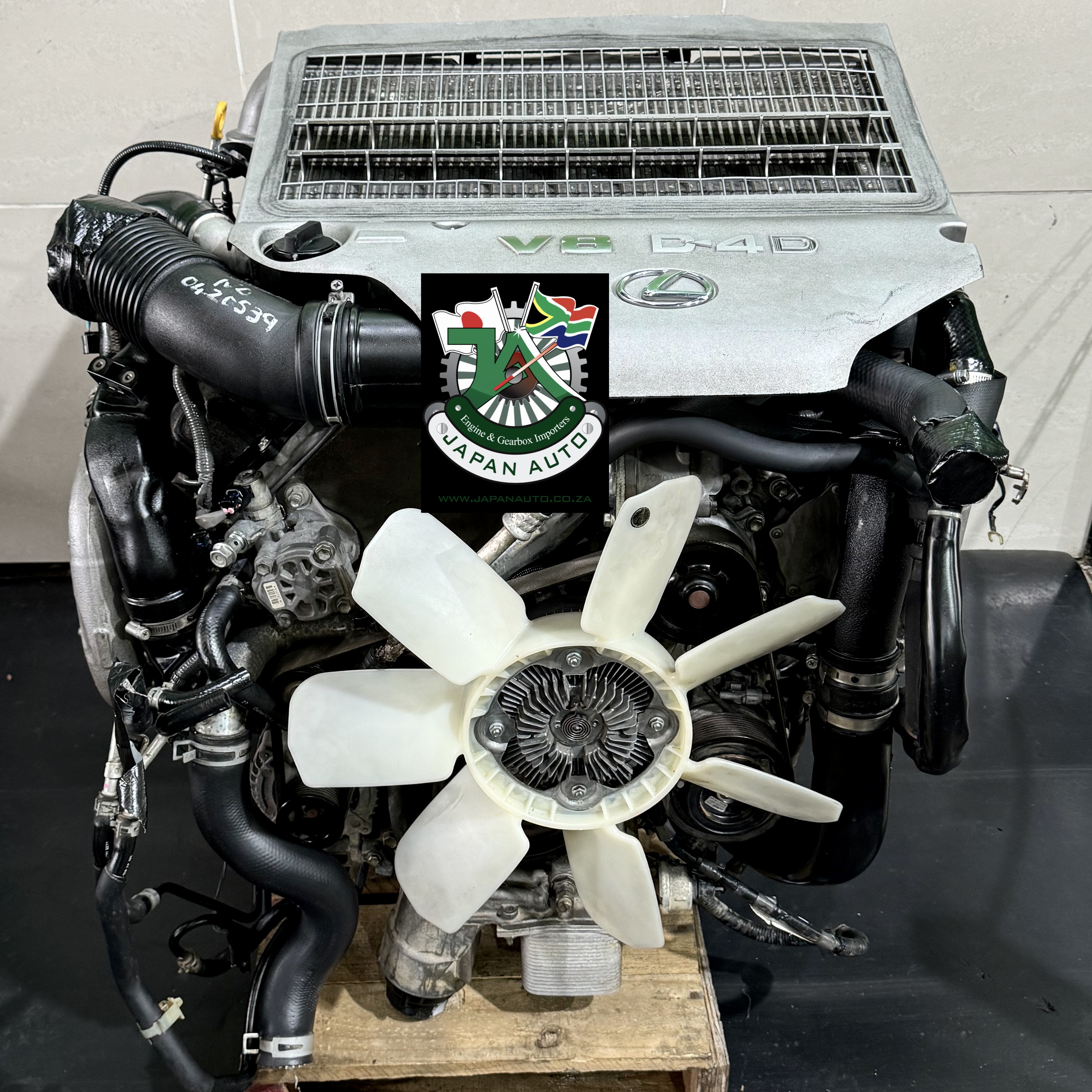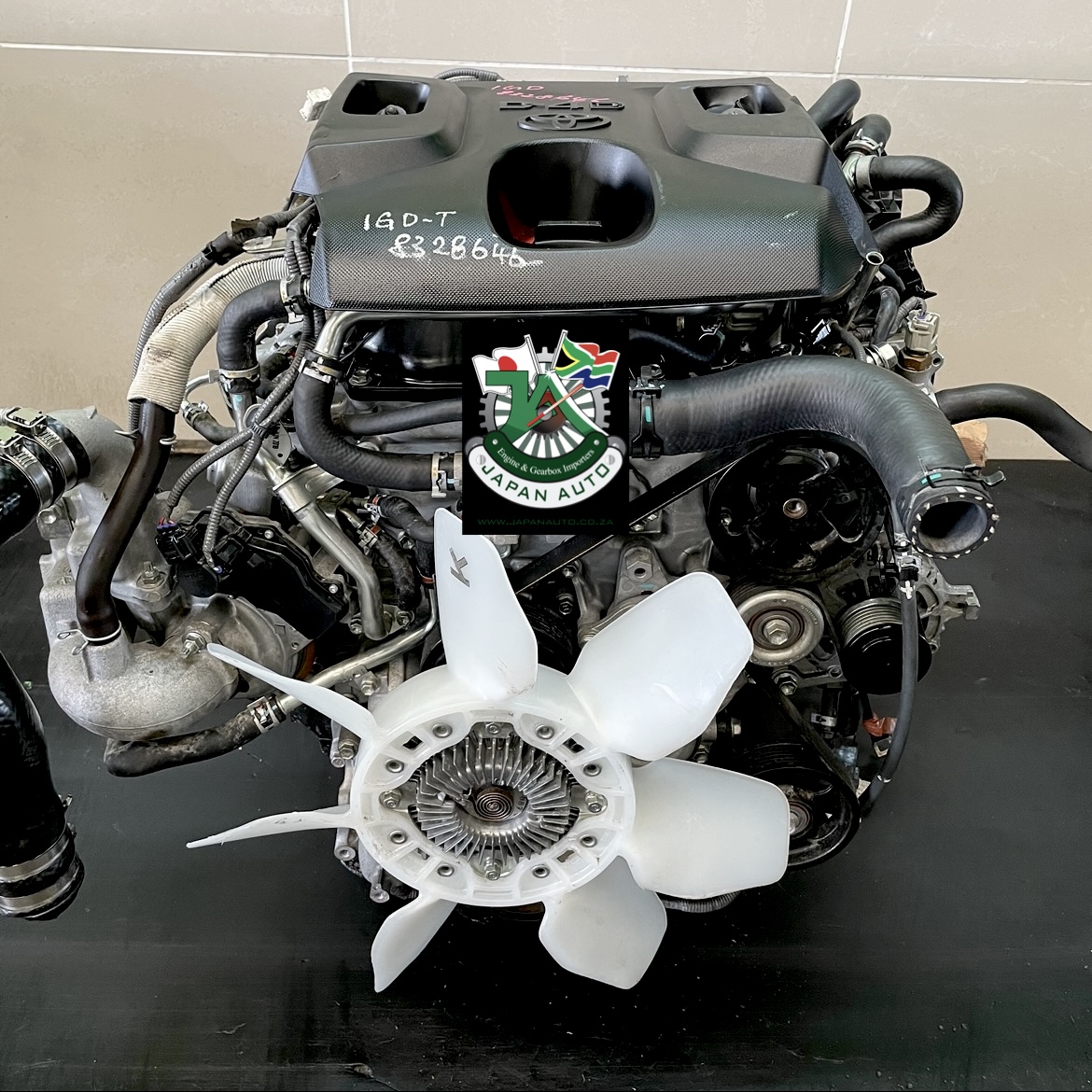Toyota Tazz: Why It Continues to Be a Trusted Vehicle for Daily Commuting
Toyota Tazz: Why It Continues to Be a Trusted Vehicle for Daily Commuting
Blog Article
Check Out the most up to date Patterns in Engine Innovation Through Tazz
In the swiftly progressing landscape of automobile innovation, Tazz stands at the center, highlighting significant developments in engine systems that prioritize both development and sustainability. From hybrid engines that maximize fuel performance to the introduction of hydrogen gas cells, the trends shaping modern-day powertrains are not just boosting performance yet additionally dealing with important environmental difficulties.
Crossbreed Engine Innovations
Crossbreed engine advancements stand for a pivotal shift in automotive innovation, incorporating the benefits of inner burning engines with electrical propulsion systems. This assimilation not just enhances gas efficiency however likewise decreases discharges, meeting progressively stringent ecological policies. By utilizing both energy resources, hybrid engines can enhance performance, supplying power when required while preserving gas throughout less requiring motoring conditions.
Recent developments in hybrid modern technology consist of renovations in battery effectiveness and regenerative stopping systems. These developments permit higher power healing throughout deceleration, which can be rerouted to help in velocity or power accessory systems. Additionally, manufacturers are concentrating on portable designs and light-weight products to make best use of the efficiency of hybrid powertrains.
The advancement of plug-in hybrids has likewise broadened the market, making it possible for vehicle drivers to bill their vehicles using typical electric outlets. This function typically enables substantial all-electric range, further reducing dependence on traditional gas. tazz. As the auto industry proceeds to develop, hybrid engine innovations are anticipated to play a crucial role in linking the void in between conventional lorries and fully electric models, providing a transitional remedy that deals with diverse consumer requirements and choices
Breakthroughs in Electric Powertrains
The automotive landscape is rapidly evolving, with electrical powertrains emerging as a leading pressure in sustainable transportation. Advances in electrical automobile (EV) innovation are substantially enhancing efficiency, individual, and performance experience. Secret advancements include improvements in battery chemistry, which have enhanced power thickness, reduced billing times, and expanded general battery life.
Solid-state batteries, for instance, promise to change the market by offering better security and performance contrasted to traditional lithium-ion cells. Improvements in regenerative stopping systems are enabling lorries to recuperate energy throughout deceleration, adding to general efficiency.
Along with battery innovation, electric motor styles are ending up being a lot more sophisticated. Technologies such as incorporated motors and advanced thermal monitoring systems are assisting to maximize power shipment and lower weight, ultimately boosting lorry dynamics.

Jointly, these breakthroughs underscore the commitment to change in the direction of cleaner, extra reliable transportation services, placing electrical powertrains at the center of automobile development.
The Surge of Hydrogen Fuel Cells
Significantly, hydrogen gas cells are gaining traction as a viable alternative to typical interior burning engines and battery electric cars. This modern technology utilizes the chemical power kept in hydrogen, transforming it into electrical power with an electrochemical response with oxygen. The main byproduct of this process is water, making hydrogen gas cells an eco-friendly option with absolutely no exhausts at the tailpipe.

Car manufacturers are progressively investing in hydrogen fuel cell modern technology, identifying its capacity for long-range applications and quick refueling abilities that equal traditional fuels. Additionally, fields such as sturdy transport and public transit are particularly well-suited for hydrogen gas cells, where battery electric solutions might fail as a result of weight and range constraints.
As research study and financial investment continue to broaden, hydrogen gas cells are positioned to play a substantial role in the Continue future landscape of clean transport and energy options.
Enhancements in Internal Burning Engines
Advancements in inner burning engine (ICE) innovation are transforming standard automobiles to satisfy modern ecological criteria and performance expectations. Straight gas injection, for circumstances, enables for much better atomization of fuel, leading to even more total combustion and improved power output.
Additionally, turbocharging has actually acquired prominence, permitting smaller sized engines to provide higher performance without the weight of larger engines - tazz. This technology not only improves efficiency yet also adds to reduce gas intake. Variable valve timing systems are additionally being fine-tuned, allowing engines to adjust to numerous driving problems for enhanced torque and responsiveness
Moreover, making use of light-weight materials in engine building and construction is becoming standard, further improving fuel performance by reducing general vehicle weight. Engine control systems (ECUs) are progressively innovative, enabling real-time modifications that enhance performance and discharges.
These improvements collectively signify an essential change in ICE modern technology, lining up with international sustainability objectives while still giving the performance chauffeurs anticipate from their automobiles. As the sector progresses, these renovations remain to form the future of traditional automotive design.
Future Patterns in Engine Efficiency
Considerable innovations in engine performance are prepared for as makers concentrate on incorporating sophisticated modern technologies to meet rigorous ecological policies and customer needs. The change in the direction of electrification, hybrid systems, and alternate gas is improving the vehicle landscape, driving innovations that boost fuel economic situation and decrease exhausts.
One of the vital patterns is the application of advanced materials and producing methods. High-strength alloys and light-weight compounds add to lowered lorry weight, thus enhancing overall efficiency. Furthermore, the fostering of turbocharging and variable shutoff timing technologies enables for improved power outcome from smaller sized engines, better improving gas economy.

Final Thought
In verdict, the exploration of engine technology discloses considerable advancements that focus on sustainability and effectiveness. Advancements in hybrid engine systems, electric powertrains, and hydrogen gas cells show a dedication to decreasing exhausts while improving performance. Renovations in inner burning engines and a focus on lightweight hop over to here products add to overall engine performance. As the auto market remains to advance, these patterns will certainly play a vital role in shaping a cleaner and even more sustainable future for transportation.
From crossbreed engines that optimize fuel performance to the appearance of hydrogen gas cells, the patterns forming modern powertrains are not only boosting efficiency yet likewise dealing with essential environmental difficulties.Hybrid engine developments stand for a crucial change in automobile modern technology, combining the advantages of inner combustion engines with electrical propulsion systems.Additionally, turbocharging has gained importance, enabling smaller sized engines to provide higher performance without the weight of go to the website larger engines. Furthermore, the adoption of turbocharging and variable shutoff timing modern technologies permits for boosted power result from smaller engines, additionally improving fuel economic situation.
Renovations in interior combustion engines and an emphasis on lightweight products add to general engine effectiveness.
Report this page